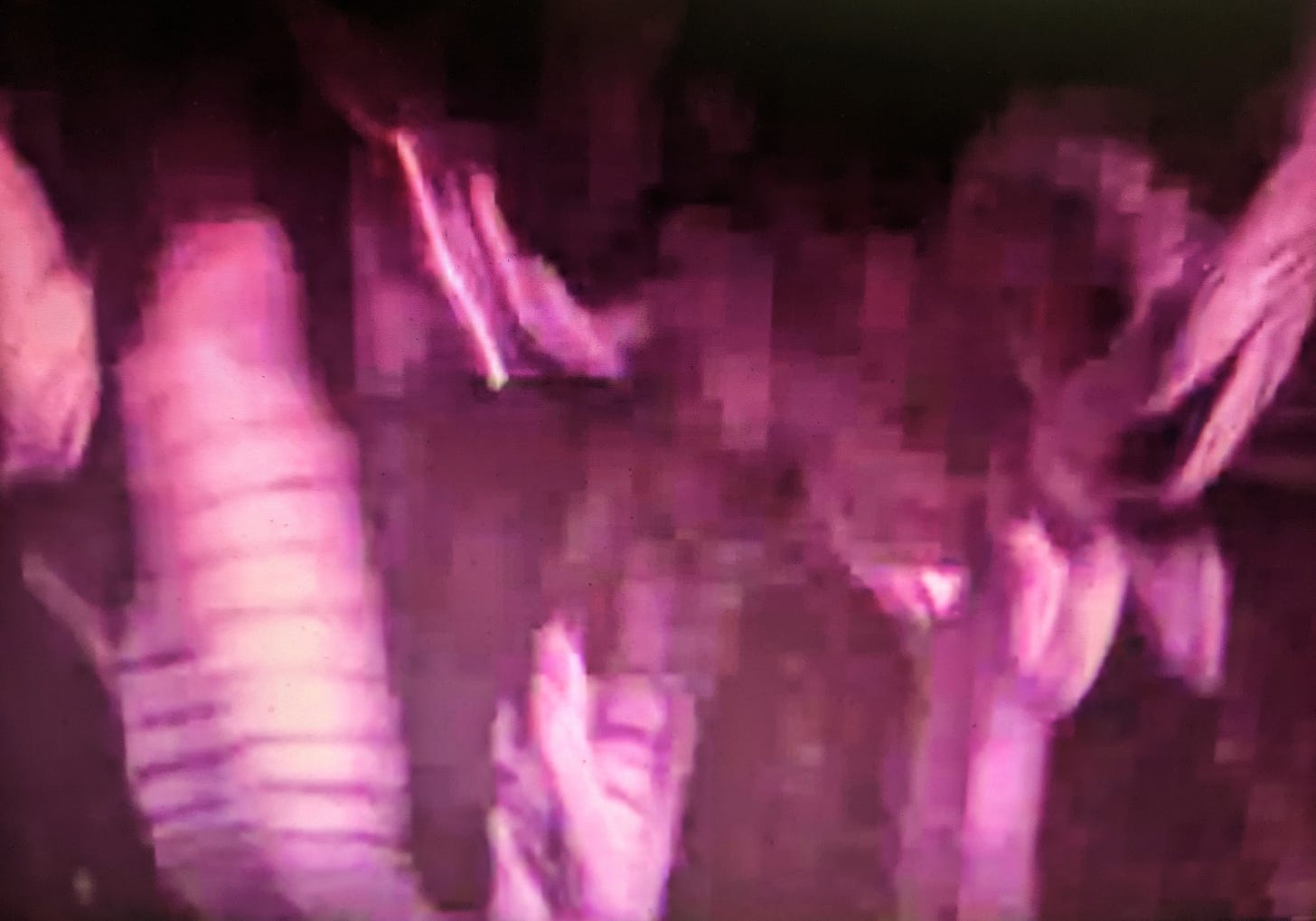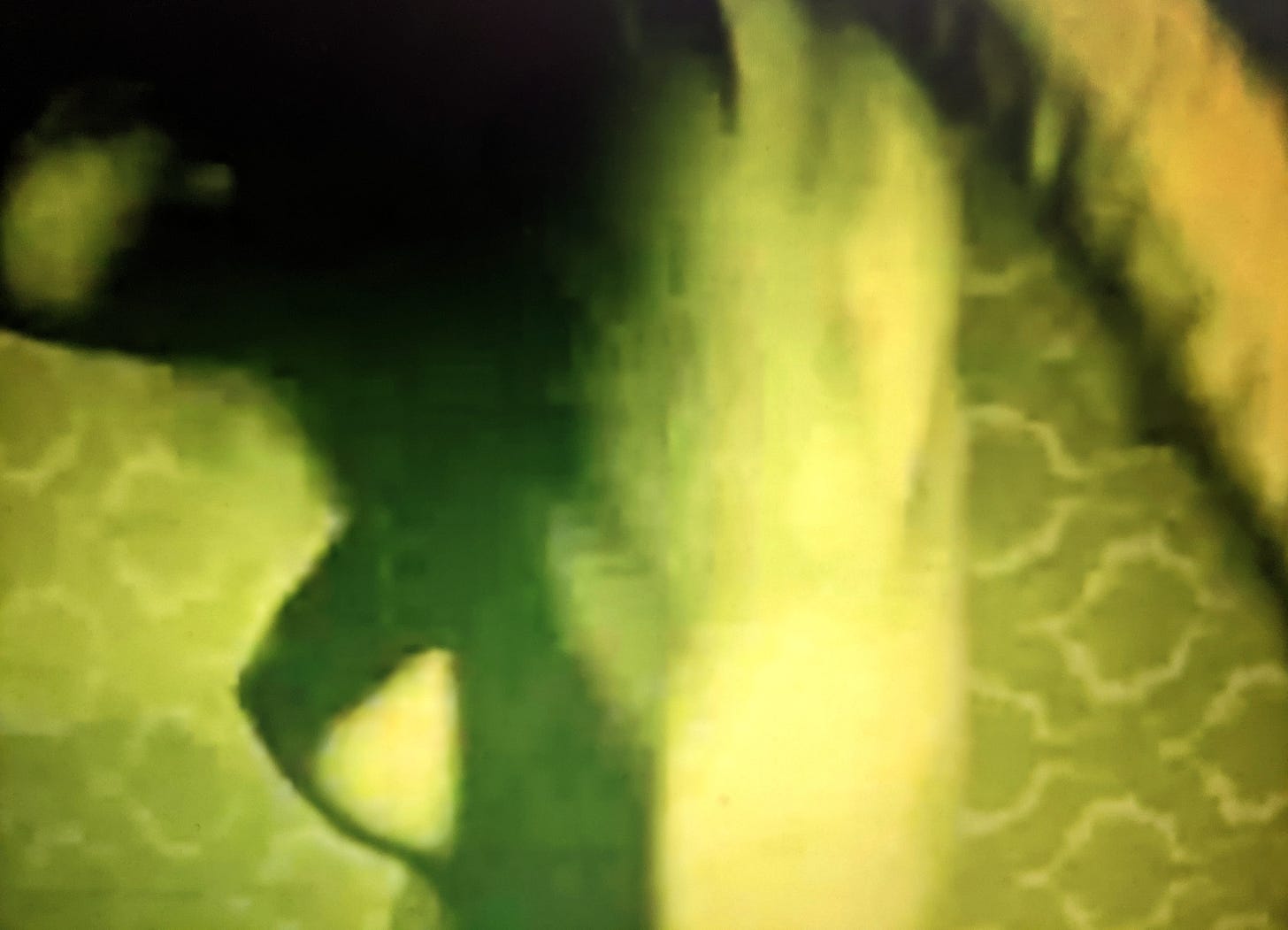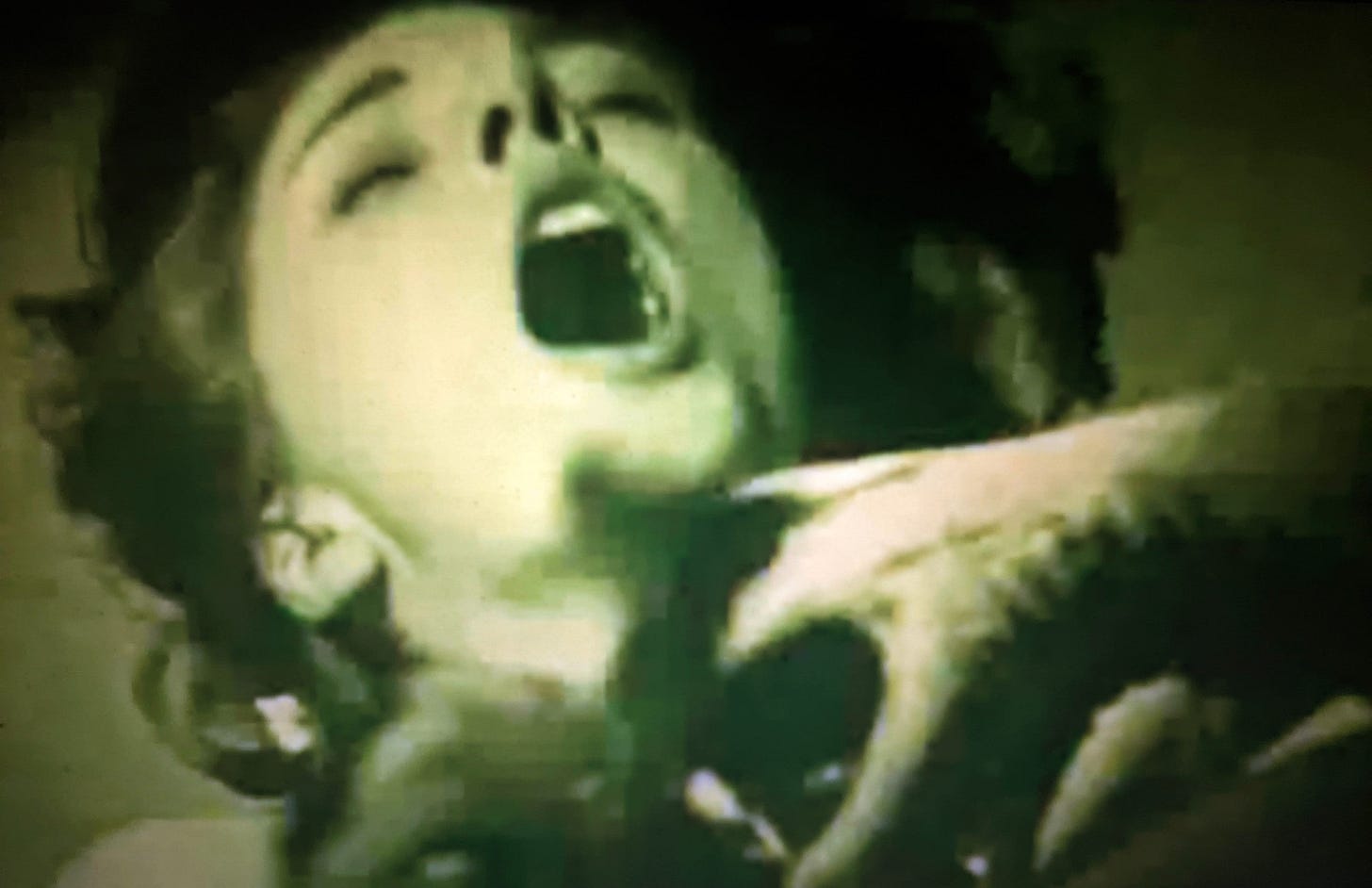Through the Gates of the Silver Screen: The Problems of Filming Lovecraft
The challenges of portraying the unportrayable in Lovecraftian cinema
Considering how concerned H.P. Lovecraft’s stories are with horrors both indescribable and unimaginable, that so many film adaptations of what he wrote have taken the route of attempting to explicitly visualise the products of his imagination is a bit of a paradox. The fact that most of these adaptations have fallen short of achieving the type of fear that Lovecraft was so adept at conveying is, therefore, not a surprise. It’s a valiant and honourable undertaking, conveying the unconveyable, but it’s a tough one, and there are plenty of attempts that deserve a round of applause for effort, even if they do come up short of the awe and terror that Lovecraft at his best manages to evoke.
Lovecraft’s notoriously adjectival descriptions of his monstrosities often fall short of the kind of details that would aid a visual adaptation. Exceptions have been made – images of Cthulhu have been fairly consistent, for example: tentacle face, wings, pretty big - but these are the least interesting aspects of Lovecraft’s bestiary, where much of the terror these beings inspire is bound up in the fact that it’s impossible to get a hold on what his aeons old cosmic aggressors look like.
Take this description of a shoggoth from 1931’s At the Mountains of Madness. I’ve had to edit it for brevity – you’ll be shocked to learn – but you’ll get the picture:
“…of the entity we had formed a clear idea. What we did see… was something altogether different, and immeasurably more hideous and detestable… It’s nearest comprehensible analogue is a vast onrushing subway train as one sees it from a station platform – the great black front looming colossally out of infinite subterranean distance, constellated with strangely colored lights and filling the prodigious burrow as a piston fills a cylinder.”
He excitedly continues:
“It was a terrible, indescribable thing vaster than any subway train – a shapeless congeries of protoplasmic bubbles, faintly self-luminous, and with myriads of temporary eyes forming and unforming as pustules of greenish light all over the tunnel-filling front that bore down upon us…”
What works about Lovecraft’s depiction isn’t so much the vaguely defined shape of the pursuing monstrosity, but the sense of the impact that its presence leaves as it moves through reality. Lovecraft’s best descriptions of his ancient terrors often leave an impression of something caught between two different planes of existence simultaneously. They are ruptures in the previously ordered domains his protagonists move through; explosions of the unnatural that warp human perception as well as the physical world around them.
You can see how the challenge of adapting Lovecraft would appeal to ambitious directors, and you can see how the author’s name recognition would appeal to studios. The upshot being that there is a sub-genre of films that attempt to wrangle the monstrous inhabitants of Lovecraft’s stories into tangibility, to greater or lesser degrees of success. Directors such as Stuart Gordon, John Carpenter, Richard Stanley and Guillermo Del Toro have all attempted to have their way with the creatures of the mythos, either by directly adapting the author’s stories or by setting their films in recognisably Lovecraftian milieus.
Of the above listed directors, it’s perhaps Gordon and Stanley that have had the most success in putting Lovecraft’s particular brand of the indescribable onscreen. Gordon’s From Beyond (1986) is especially notable for its injection of squamous eroticism into the Lovecraft story of the same name. The mutations that his antagonist Dr Pretorius (Ted Sorel) undergoes are envisioned as the unnatural outgrowths of a twisted sexuality (albeit one that’s also winkingly celebrated - Gordon is deeply kinky director) realised in shades of throbbing neon pink, and then catapulted at the audience - and the ever sporting Barbara Crampton – with the audacity of a live-action Tex Avery cartoon. The squirming mess of Lovecraft is captured vividly: human bodies peel apart and reform into terrible new shapes, the air swims with creatures from other dimensions, and any unfortunate mortals that get in the way of these hideous manifestations are torn to shreds. It’s gloriously gloopy and untamed, but its director’s gleeful focus on sexuality does mean that, while Lovecraft’s sense of reality altering mutation is alive and present, the overarching cosmicism of his approach is not so much short served as rendered a bit irrelevant.
Richard Stanley’s Lovecraft adaptation Color Out of Space (2019) takes a headier approach, while still providing plenty of mutational body horror. His titular colour, realised, in what surely isn’t a coincidence, in a shade of pink similar to that employed by Gordon in From Beyond, represents the first stage of an incursion from a plane outside of our reality, one that reshapes whatever it comes into contact with, starting with local fauna and gradually progressing through the life forms surrounding it. What Stanley’s vision of Lovecraft’s most famous story brings to the table is a kind of psychedelia, most vividly realised in the film’s trippy final stretch, where all aspects of the protagonist’s familiar surroundings – the human body, the family home – are pulled into new and unnatural shapes like a chocolate bar warmed on a radiator.
It's a similar combination of physical and mental mutation that drives what’s probably my favourite cinematic depiction of a Lovecraftian reality incursion. Daniel Haller’s 1970 adaptation of Lovecraft’s story The Dunwich Horror is not an especially well remembered film and the fingerprints of Roger Corman’s corner-cutting AIP studios are apparent in the finished article, which meanders far too often for it to be considered a lost classic. Mostly it's remembered for its main performances from former child actor Sandra Dee and an unreadably vague Dean Stockwell in the role of the mysterious Wilbur Whateley, as well as being the final role of Ed Begley, who died three months after shooting finished. But in several sequences a combination of cheap, modish psychedelic lighting, frenzied cutting, and partially obscured make-up and special effects (hidden, no doubt, for reasons of cost) come together to form an unambiguously disturbing impression of a world tipped on its head. One that is completely inhospitable to its human protagonists.
In the film’s stand-out scene, Elizabeth Hamilton, (Donna Baccala), one of those wholesome posh-looking girls that directors of the swinging period loved doing horrible things to, calls at the Whateley house to enquire about a missing friend. Ignoring Old Man Whateley (Sam Jaffe)’s insistence that she leave, she pushes past and proceeds to explore. Her search leads her to a locked door, which she opens. At which point the camera switches to the perspective of whatever it is that’s inside the room, and, for less than a second, Elizabeth’s terror-stricken face, before full-tilt psychedelic hell is unleashed.
Mostly obscured in a flurry of sharp cutting and solarisation effects, this beast-that-cannot-be-shown-for-budget-reasons lurches toward Elizabeth and brutally assaults her. The furious speed of the cutting cannot completely obscure that whatever the thing is, it has a lot of groping tentacles, nor can it hide that its intentions toward Elizabeth are aberrantly sexual, as her clothes are torn from her in a series of camera flurries that leave just enough to the imagination for us to know what’s happening (as well as a lingering distaste. Why so many Lovecraftian films are overtly sexualised, especially considering the author’s quivering frigidity, is a subject deserving of a piece in its own right, a piece for which I’m claiming the prospective title ‘H.P. Saucy’). The lurching editing and clatter of strobing coloured lights are panic inducing, and the whole sequence is over in less than a minute. It’s devastating, bewilderingly inhuman and ends almost too quickly for the mind to comprehend what it's taken in.
Haller’s low budget effort is one of the only sequences in Lovecraftian cinema to come close to capturing the author’s simultaneously fleshy and unworldly vision, and the closest thing I’ve seen to what it might actually feel like to be confronted with one of his squirming horrors. It is, to quote Lovecraft, “immeasurably more hideous and detestable” than most other cinematic attempts, due to the sequence’s sheer speed and utter ferocity. In a flurry of cheap effects and cost-nothing ingenuity, Haller captures the momentum of an unstoppable nightmare with a precision that leaves most of the more expensively budgeted attempts by his successors in the dust. It’s a terrifying and brutalising scene, and one of the best representations of Lovecraft’s vision in horror cinema.








